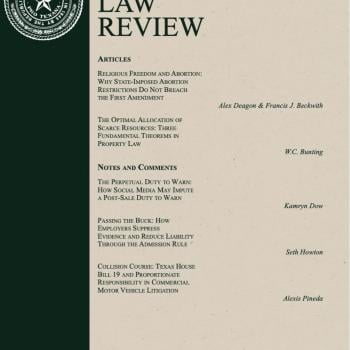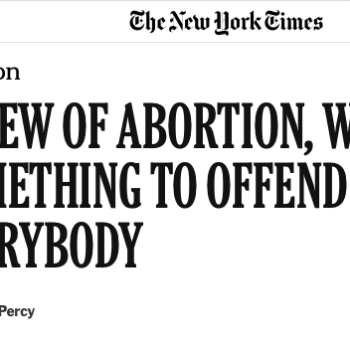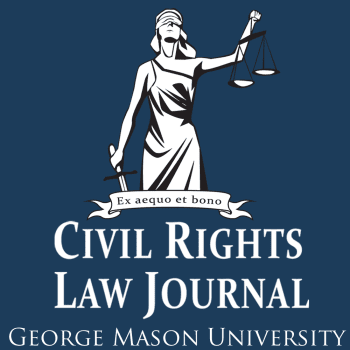Two weeks ago, I published over at The Catholic Thing part 1 of my two part series to commemorate the 40th anniversary of Roe. v. Wade (22 January 2013): “Roe at Forty, part 1: The Court’s Failure to Address the Question of the Unborn’s Moral Status.” Part 2 was published today. Entitled, “Roe at Forty, part 2: The Court’s Two Unwarranted Stipulations,” here’s how it begins:
Not only did Roe v. Wade’s majority opinion fail to address the question of whether the unborn human being is a moral subject (as I showed earlier in part 1). Its reluctance to engage that question
directly undermined two other arguments central to the Court’s holding: (1) the argument from the claim that the fetus is protectable under the Fourteenth Amendment if it is in fact a person, and (2) the argument to state interest in prenatal life from fetal viability.
According Justice Harry Blackmun, author of the Court’s opinion, “If the suggestion of personhood [of the unborn] is established, the appellant’s case, of course, collapses, for the fetus’ right to life is then guaranteed specifically by the [Fourteenth Amendment].” That amendment asserts: “nor shall any State deprive any person of life, liberty, or property, without due process of law; nor deny to any person within its jurisdiction the equal protection of the laws.”
So, if the defendant in this case – the state of Texas – could have shown that the unborn child is a person under the Fourteenth Amendment, then there would be no right to abortion.












